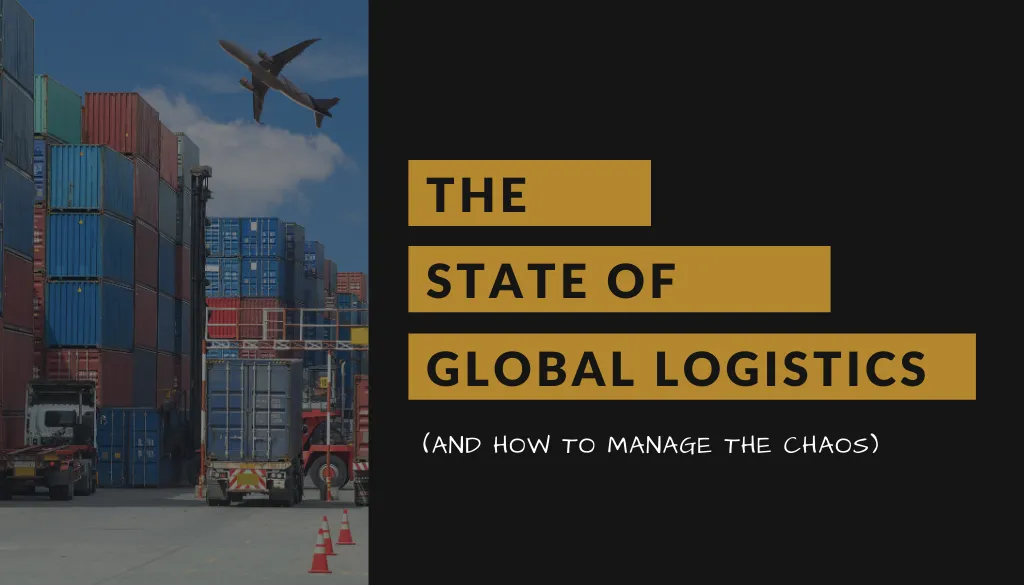The State of Global Logistics and Impacts of COVID-19
Global Shipping Delays? You’re Not Alone.
Currently a perfect storm is working against the shipping industry impacting global logistics. There are shortages on just about everything: staff, warehouses, trucks, ships, port space, storage containers, you name it. The effects of a year in a global pandemic are coming to a head right now, and they won’t be going away for a while. We encourage our customers to review their extended forecasts and order earlier than usual, as we break down some key points of the global logistics crisis.
Container Shortages
Container manufacturing stopped in early 2020 with the onset of COVID-19, and didn’t resume until half a year later. This six month lapse in container production happened as Americans began purchasing goods from Asia in record amounts. The second half of 2020 saw a 50% increase in the amount of containers coming into the west coast ports.
Since Asia is shipping a record amount of goods, they need record amounts of containers. To minimize downtime new actions are being taken. Containers are being unloaded in warehouses close to the ports which, for the Port of Los Angeles, resulted in every warehouse within 60 miles at maximum capacity. If you want a container delivered directly to your door be prepared to pay an additional $3,000 to $4,000 over your normal shipping costs.
This US-China pipeline has also deprived most Atlantic and European trade routes of their containers, significantly limiting their shipping opportunities. Currently 75% of the containers going back to China are empty.
Limited Air Freight
A large amount of the goods that travel through the air hitch rides on passenger aircraft’s. So what happens when there’s less passenger flights? The cost of air freight skyrockets. FedEx has stopped all Economy service and has only been offering Priority Service from Asia in direct response to this change.
This has led to companies like Apple putting their products on boats for the first time in years, while luxury companies like Bang & Olufsen switch to air to meet customers’ expectations and deadlines.
Changes in the cost of air freight has, as you may have guessed, come back to hurt the shipping industry. This has only increased the demand for containers, amplifying the problem.
Port Shortages
While we may view ports as large concrete slabs run by an abundance of heavy machinery, they rely on lots of hard working employees to keep things moving.
Those employees have been particularly affected by COVID-19. According to the ILWU there have been about 600 cases amongst port workers since December 1st, which has led to a shortage in manpower. To put this in perspective during a normal year the turnaround for a truck at the port was 23 minutes, currently it is 93 minutes.
Slowdowns like those have caused even greater back ups. At the end of January there were 42 ships anchored off the west coast waiting for their turn at the Port of Los Angeles, and that is the last place you want your products.
Currently it is recommended to give your company eight to ten (8-10) weeks for a shipment to arrive via ocean. It is also encouraged to order in bulk, in case there is a stoppage somewhere in the supply chain or a closure at a port. One way to deal with these issues is to use our Just-In-Time Inventory solutions. This ensures that you’re never lacking the components you need, without having to manage the inventory directly at your own facility or warehouse. Contact us today to learn how we are helping accommodate our customers shipping and storage dilemmas.





